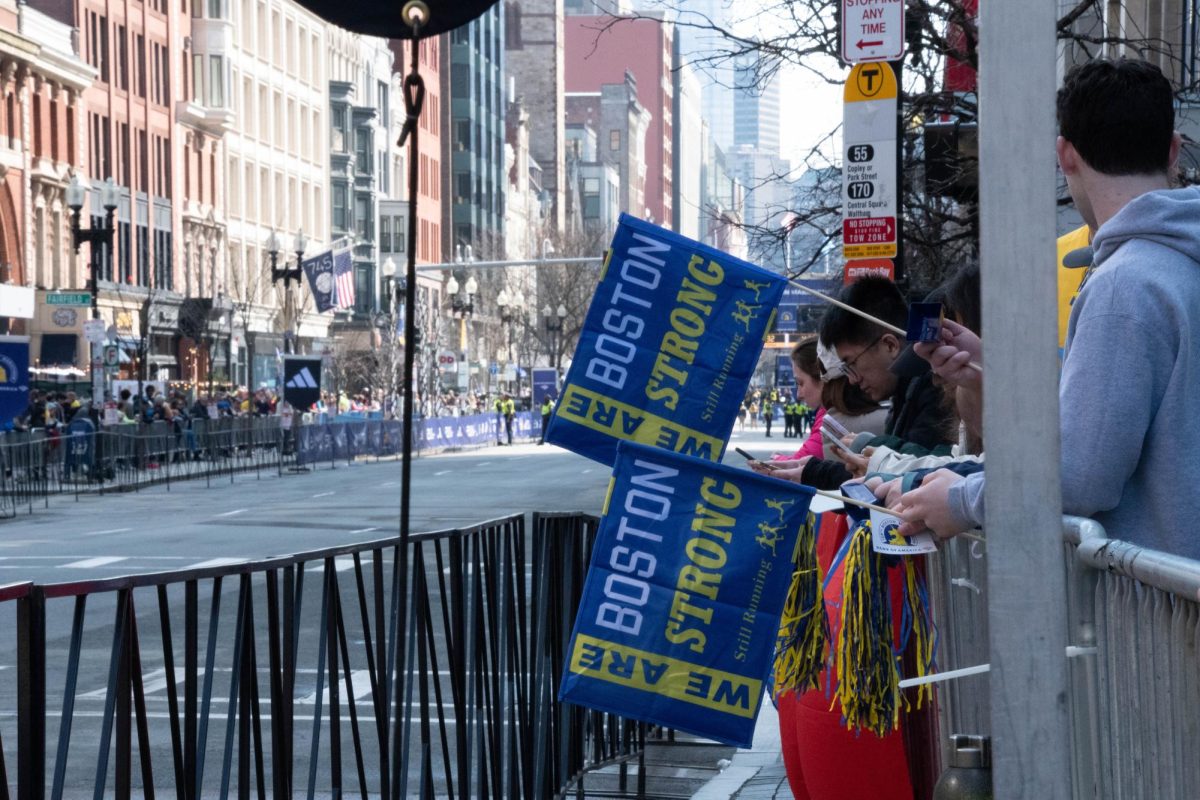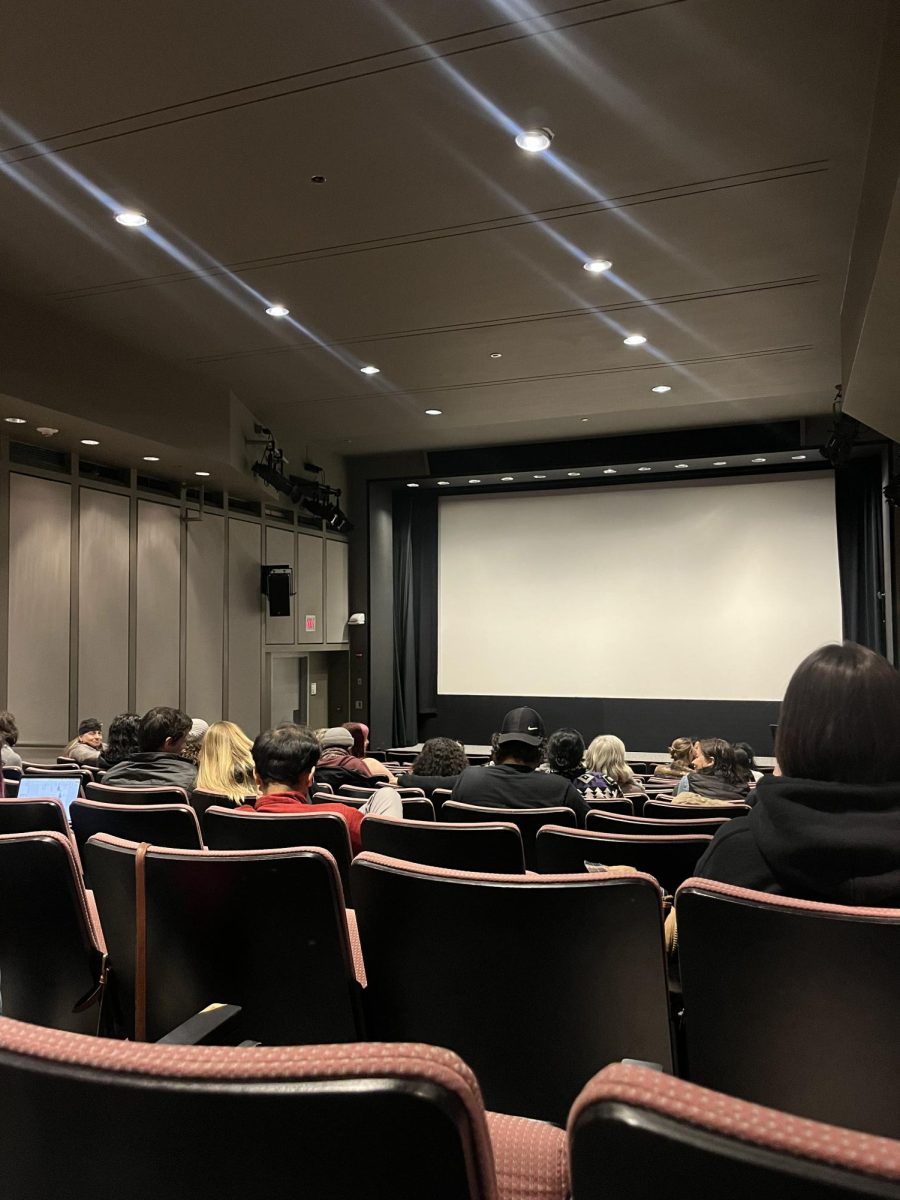By Sophie Cannon, deputy arts & entertainment editor
Ever get an unusual gift from a friend or relative out of the blue? How about one that dates back to the 1460s, and was handwritten in Latin and German by medieval Monks? Northeastern University received that gift in the form of an illuminated manuscript, nicknamed the “Dragon Book.”
“The library owns this in the special collections,” Hillary Corbett, director of scholarly communication and digital publishing at Snell Library, said. “We only have one illuminated manuscript, but some schools have entire collections. Ours was a gift given to the library here.”
The book itself is a small literary object with several new items to discover. Filled with different languages, scripts and pictures including a small dragon on the first page, decoding the book is no small feat.
“It’s a prayer book created after 1461, rebound later on. The prayers are in Latin with German text too,” sophomore English major and leader of the team transcribing the manuscript Laura Packard, said. “It’s a small prayer book created on vellum parchment pages by we think a German speaking scribe of the Dominican order.”
This language barrier, the tiny script and the addition of non-English abbreviations make the translating and transcribing process all the more difficult and time consuming. Packard and a team of other bibliophilic students have already spent a few months working on it, but it is far from done.
“It’s taking the calligraphy on the page and translating it onto a page. Taking the characters and abbreviations and writing them out,” Packard said. “Once it’s written out, I try and Google search the prayer to find the full one. It can be difficult to transcribe the whole thing, so I try and find a match online and then go from there if I’m lucky.”
There is a sense of mystery surrounding the little book, as not much is known about the exact origin, year or contents of the manuscript.
“We don’t know everything about the book yet,” sophomore English student, William Bond, said. “Lots of pages are not transcribed and we don’t know what it says, so there are bits in German that we found, and it is genuinely inexplicable and this offers a place for new research.”
This new research is coming in many forms. Currently Packard’s team is made up of only five people and is looking for more members willing to help. Aside from transcribing and translating, there are new ways of testing the book for its origin and year of publication coming out of other universities research programs.
“We also want to do some DNA research,” Packard said. “You can take an eraser and gently scrape at the parchment and then send that DNA to other research facilities at other universities to test and figure out where the paper was made and when.”
Even though the actual transcribing process will take many months – if not years – readers can view the entire illuminated manuscript online, as all of the pages have been photographed and uploaded to a website by Northeastern’s Snell Library.
Photo by Paige Howell













